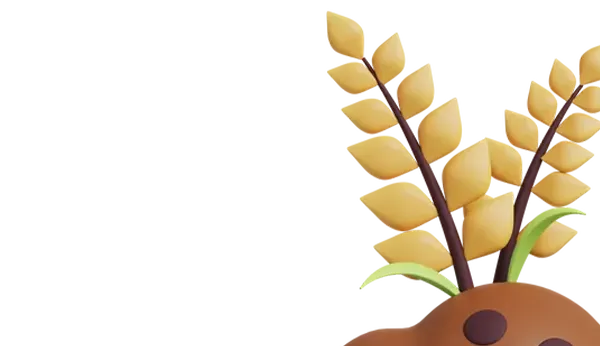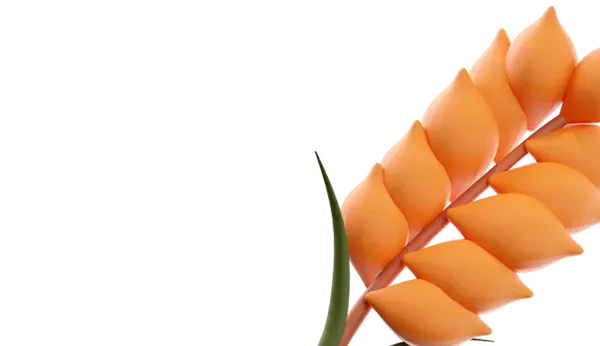Parasitic plants pose a serious threat to agriculture as they attack important crops.
Cuscuta campestris, field dodder, penetrates its host's stem using a special organ called a haustorium, which absorbs nutrients and water from the host. The initiation of the parasitic process in C. campestris requires mechanical stimulation of its stem.
However, the mechanisms by which C. campestris perceives mechanical stimuli are largely unknown. Haustoria are formed when ion channels in the cell membrane are stimulated during spiral growth and trigger a reaction inside the cell. Additionally, C. campestris has many types of ion channels, but it was previously unknown which ones are associated with haustorium development.
Professor Aoki and his group from the Osaka Metropolitan University discovered that suppressing the expression of the gene Cuscuta campestris MID1-COMPLEMENTING ACTIVITY1 (CcMCA1) reduces the number of haustoria per centimeter. The research results were published in the journal Plant and Cell Physiology.
“For the first time, we have identified genes that play a role in perceiving mechanical stimuli and lead to plant twining growth, such as morning glory and beanstalk. We aim to continue our research and identify other genes and ion channels involved in this process to explain the various mechanisms of plant sensitivity at a microscopic level. Furthermore, we hope that this will lead to the development of measures to combat parasitic plants that cause economic damage to agricultural crops. We have shown that inhibiting the CcMCA1 gene can stop the growth of haustoria in the parasitic plant Cuscuta campestris,” noted Professor Ko Aoki from the Graduate School of Agriculture at Osaka Metropolitan University.















